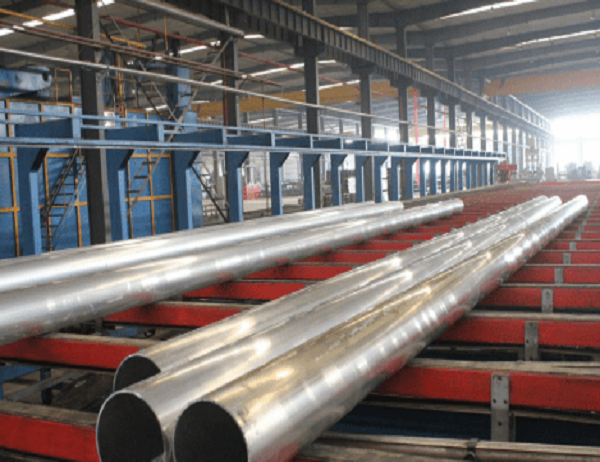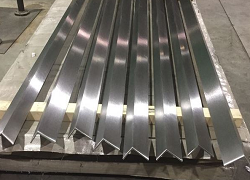The Environmental Enigma of Fluorocarbon-Coated Aluminum: A Tale of Stealthy Pollution
In the realm of manufacturing, innovation often intertwines with environmental concerns like a tangled web. One such example is the pervasive use of fluorocarbon-coated aluminum, a stealthy culprit in the realm of pollution.
Fluorocarbons, known as perfluoroalkyl and polyfluoroalkyl substances (PFAS), are synthetic chemicals that have garnered attention for their remarkable durability and resistance to heat, water, and stains. These traits have made them indispensable in a wide range of applications, including cookware, textiles, and packaging.
However, beneath this seemingly benign façade lurks a sinister secret. PFAS have been found to be highly persistent in the environment, accumulating in wildlife and humans. Their long half-lives and ability to travel long distances through water and air have earned them the moniker “forever chemicals.”
The environmental impact of fluorocarbon-coated aluminum stems primarily from the release of PFAS during the production, use, and disposal of these products. During manufacturing, PFAS can be released into the atmosphere, contaminating soil and water bodies. The disposal of fluorocarbon-coated aluminum products can also release PFAS into the environment, as landfills and incinerators do not effectively destroy these chemicals.
Exposure to PFAS has been linked to a range of health concerns, including cancer, developmental problems, and immune system dysfunction. The presence of these chemicals in drinking water, food, and consumer products poses a significant threat to human health.
Furthermore, fluorocarbon-coated aluminum is particularly problematic because of its ubiquity in everyday life. From the cookware we use to prepare our meals to the packaging of our food and beverages, PFAS-coated aluminum is pervasive. This widespread exposure increases the risk of cumulative health and environmental impacts.
Addressing the environmental enigma of fluorocarbon-coated aluminum requires a multi-faceted approach. Reducing the production and use of these chemicals is paramount, along with developing safer alternatives. Additionally, proper waste management practices are crucial to prevent the release of PFAS into the environment.
By unraveling the stealthy pollution of fluorocarbon-coated aluminum, we can empower consumers and policymakers alike to make informed choices that safeguard our health and the planet. It is time to break free from the clutches of these forever chemicals and forge a sustainable future for generations to come.



